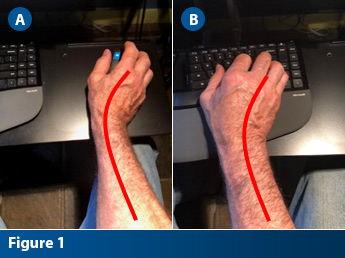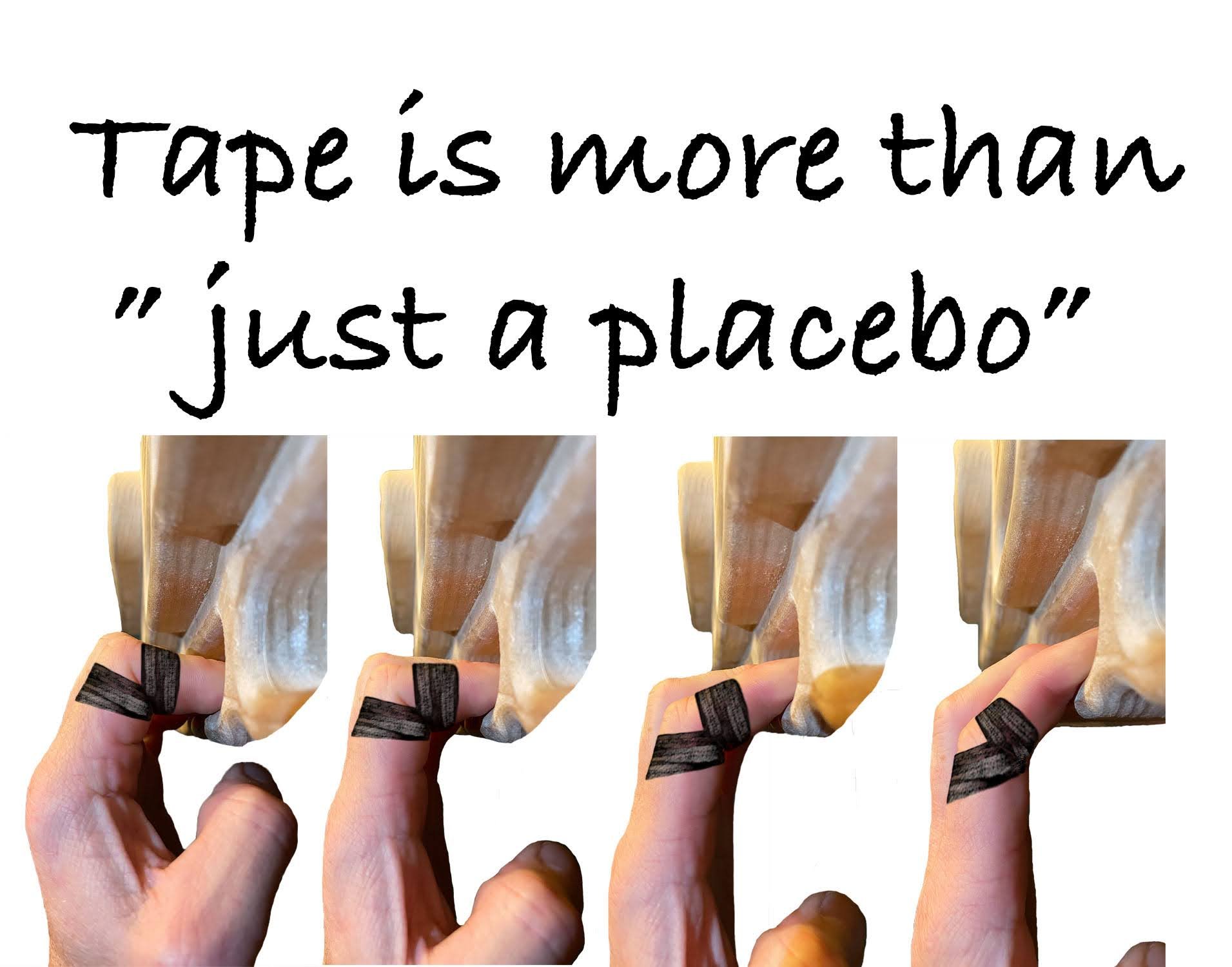Rock Climbing Knowledge - Injuries
From my own injury recovery experience, I gradually realize how important it is to warm up. There are many great resources online, so I decide to gather them down here for reference.
PIP Joint
- https://www.camp4humanperformance.com/blog-2/pip-jugs
- high-rate rotational loading is more stressful on the fingers than static loading
- when you can get your middle and distal bones around the edge of the jug, in that context, most of the stress in the fingers goes into the PIP joint.
- The PIP Joint can suffer from overdoing easy climbing.
- A high volume of easy training can be counterproductive.
- PIP swelling are due to
- Collateral ligaments (sides of the joint)
- A3 pulleys (hold the tendon close to the joint)
- Volar plate (ligament across the joint where A3 attaches)
- dosage of stress stype is more important than intensity of the load.
- Treatment:
- Avoid the high-rate rotational loading for a few weeks to months.
- Don’t spend weeks to months climbing easy terrain. Especially in a gym.
- Keep loading your fingers in an easily trackable way (ladder style). Fingerboard, campus board (feet on), spray wall etc.
- Be patient as hell in rehab! That’s the not easy part.
- https://www.camp4humanperformance.com/blog-2/pip-joint
- PIP joint accounts for 85% of the motion for grip strength
- a hinge type joint which is stable only in the sagittal plane (flexing and extending)
- Three grades of collateral ligament injuries
- General recommendations:
- Stiffness and joint contraction are common with injury.
- There is no consensus on best treatment strategies!
- Most injuries rarely return to full active range of motion.
- Treatment within 4 weeks is key.
- Immobilization beyond 3 weeks causes irreversible loss of motion!
- Early diagnosis and motion are suggested (specifically extensor power).

- https://www.camp4humanperformance.com/blog-2/finger-pain
- Doing something like finger-glides on a regular basis is not necessarily “healthy” for the joints of your fingers.
- It really comes down to understanding the why behind any intervention. Everything comes with a cost.

TFCC injury
- https://www.camp4humanperformance.com/blog-2/tfcc-injury
- Components:
- A triangular shaped fibro-cartilaginous disc (shock absorbing, guiding motion)
- Ligaments between the ulna and radius on both sides (palmar & dorsal)
- Ligaments between the ulna and the carpal bones
- A meniscal type homologoue (shock absorbing)
- Sub-sheath of the ECU tendon
- Cause: repetitive axial loads to the wrist when the hand is in ulnar deviation and pronation.
- the dosage of the stress is the culprit
- Even though it is still recommended to do conservative management first, the statistics show that only 1/3 of patients get symptomatic relief. That number is highly dependent on the compliance but does show how tricky these injuries can be.
- Components:


- https://www.youtube.com/watch?v=lTC3NKENAD8
- UIS Ulnar Impaction Syndrome
- https://www.camp4humanperformance.com/blog-2/wrist-videos
- 5:3 x 3 repeater
- 30s yielding isotonic
- 5s overcoming isotonic
- 5 rep isotonic
- velocity isotonic
- 1-arm 90-degree PIMA with ulnar deviation
- 1-arm 120-degree PIMA with ulnar deviation
- 1-arm weighted hammer / band PIMA
- concentric focused ulnar deviation with hammer/band
- rapid concentric ulnar deviation with hammer/band
- Building capacity in this part of the wrist is essential for staying injury free.
- https://www.camp4humanperformance.com/blog-2/eccentrics-overprescribed
- Alternative
- Keeping the wrist neutral will do the same thing (mechanically), and it feels way less risky (good for pain reduction), especially if you’re an athlete with clicking in the wrist.
- Wrist flexion isometric (shown on the left). Go heavy and hold for a longer time under tension.
- Wrist extension isometric (opposite side of the forearm). Same idea.
- Hammer curl isometric. Curl a heavy dumbbell to 90-degrees at the elbow (thumb up) and hold for time.
- Tricep extension isometric. Opposite direction. Lower a heavy band or cable machine to 90-degrees (thumb up) and hold for time.
- Eccentric flexion over a bench is not a very practical exercise.
- With pain at the wrist, keeping it neutral is a safe and reliable method.
- This controlled load needs to change as your rehab progresses.
- Alternative

A2 Pulley Injury
- https://www.camp4humanperformance.com/blog-2/pulley-rupture
- https://www.camp4humanperformance.com/blog-2/pulley-injury
Taping
- https://www.camp4humanperformance.com/blog-2/finger-taping
- reducing stress to prevent an injury doesn’t make sense
- taping should be part of progressive rehab plan, not a method to prevent one.
-

</figure>
- Pros
- provide structural support and reduce pulley stress
- H-tape is good for A2, A3 and A4. but **not collateral ligament and volar plate injuries**
- provide proprioception (awareness) in the joint
- Modify PIP joint range of motion: make it harder to do full-crimp
- Reduce pain: feels safe and reduces stress and anxiety.
- Cons
- not preventative. Listen to the body and back off the volume if it sore
- leads to further overuse.
- modifying ROM for too long can reduce it long-term
General Rehab
- https://www.camp4humanperformance.com/blog-2/random-rehab

- https://www.camp4humanperformance.com/blog-2/finger-symptoms
- Absence of pain does not equal health.
- Persistence of pain does not mean it’s not healing.
- Connective responds slowly, so you have to be patient. ASIDE FROM LOADING AND RECOVERING THERE IS NO METHOD TO MAKE THIS HAPPEN FASTER!
- Not loading at all (under loading) often times is more stressful for athletes. There are always things you can do!
- Get help from a professional.
- https://www.camp4humanperformance.com/blog-2/unique-finger
- There are fewer rules with finger training than you likely think. Using a bigger edge to make your fingers stronger is totally acceptable.


Enjoy Reading This Article?
Here are some more articles you might like to read next: